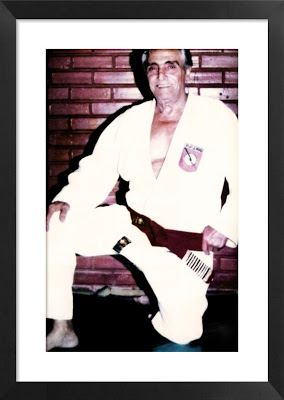
Oswaldo Baptista Fadda (January 15, 1921 – April 1, 2005) son of an immigrant Italian family who moved to Brazil in the early 1900’s was a practitioner of Brazilian Jiu-Jitsu, reaching the rank of “nono grau”, a 9th Dan Red Belt. He is known for being one of the highest ranked non-Gracie black belts and also for teaching students from the poorer areas of Rio de Janeiro, where jiu-jitsu was regarded as a upper-class sport. Fadda’s lineage, the most prominent second to Carlos Gracie lineage, still survives through his links with today’s teams such as Nova União, Grappling Fight Team, as well as Deo Jiu-Jitsu (Deoclecio Paulo) and Equipe Mestre Wilson Jiu-Jitsu (Wilson Pereira Mattos).
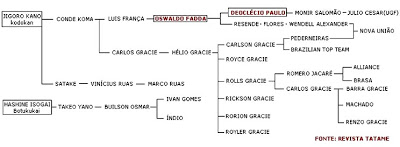
Fadda was born in Bento Ribeiro, a suburb in the north of Rio de Janeiro. At the age of seventeen, while in the Brazilian Marines he began to study Jiu Jitsu under Luis França, a black belt under Mitsuyo Maeda in Belém in1917.
Fadda had received his own black belt from França in 1942 and soon started teaching Jiu Jitsu free of charge in unorthodox locations such as public parks and beaches, often without the aid of crash mats, aiming to spread the art of jiu-jitsu to the poorer folk. Fadda also saw jiu-jitsu as a way to help people with physical or mental disabilities, especially the city’s numerous polio victims. With no real income from his teaching he was forced to advertise within the obituary section of the local newspaper.
Another important activity in which is Fadda pioneered, was the therapeutic recovery, through the teaching of Jiu-Jitsu as supportive therapy to medical treatment. This included people with physical and mental abnormalities, motor paralysis of children affected by polio victims. In this area, Fadda had worked miracles among the many students of which he taught, including “Torpedo”, black belt Jiu-Jitsu fighter missing both legs from the knees down.
Despite being regarded by the Gracie family as an outcast, Fadda managed to open his own academy on the outskirts of Rio on January 27, 1950. In1954, Fadda felt confident that his school was ready for the next step and released the advert in the “O Globo” and “Diariodà Noite” and issued the following challenge/statement:”We wish to challenge the Gracies, we respect them like the formidable adversaries they are but we do not fear them. We have 20 pupils ready for the dispute”.
Helio Gracie took on the challenge, saying he was impressed by the cavalry of Oswaldo Fadda. The challenge took place within the Gracie Academy in the city of Rio De Janeiro. Fadda’s team emerged victorious making good use of their knowledge of leglock and footlocks, in which the Gracie’s were lacking.José Guimarães one of Fadda’s pupils choked Gracie’s star pupil “Leonidas” unconscious. After the challenge, Fadda gave an interview for the “Revista do Esporte” (sport magazine) stating… “We finished with the Gracie’s tabu”. Hélio Gracie in a interview after the event to newspapers said:”All you need is one Fadda to show that Jiu-Jitsu is not the Gracie’s privilege”.

Afterwards Fadda about the Gracie said, “I want to make it clear that I have no intention to diminish in any way the Gracies. I am referring only to the” myth “that they and their students are invincible.”
The Gracies, had previously derided the holds as “suburban technique”, but were quick to applaud Fadda’s win as a sign that jiu jitsu was for everyone, not just the well off.
The result of the challenge was well publicised across Brazil and many new students arrived at Fadda’s school seeking tuition.
The beginnings were difficult and Fadda, more than once, had to defend his art from the assaults of capoeristas, boxers and bullies that invaded his academy. “But they always came back with kimono under the arm, recognizing the supremacy of jiu-jitsu,” thus says his daughter Rosa.
In 1955 a new contest between the two academies took place during the famous meeting between Santana and Carlson. Once again the Fadda Academy would walked away with victory yet again.
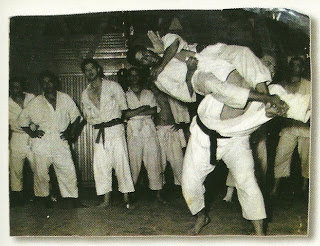
The most famous Fadda techniques were the “chave de pè” and “mao de vaca”, in the jiu-jitsu community were viewed with suspicion, and earned the nickname “suburbs stuff” (Tecnica de Suburbano). When someone from the Fadda Academy attacked with leg-locks and foot-locks, supporters of Gracie shouted: “Sapateiro, Sapateiro!” (Shoemaker) to try to embarrass him, but often without success. It was through this style that Fadda, and his academy, had fame and notoriety.
Oswaldo 70 years wrote a book titled “The Jiu-Jitsu and the Fall of the Complex” in which you can read: “It must always be kept in mind that the whole structure of Jiu-Jitsu is based on the use of the strategy, agility and speed of movement rather than sheer force.”
Fadda’s older brother Humberto Fadda, and his grandson, Helio Fadda have followed in his footsteps, the Fadda Academy did not have the same luck of the Gracie family. The Academy of Bento Ribeiro no longer belonged to the family since the early 1980’s. Fadda and Cascagrossa branch closed its doors in 1990.
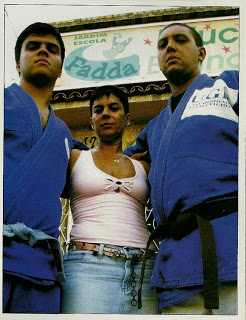
Keeping the Fadda name alive today are his grandsons, Renan and Marcos and other noteable students that earned the earned and had the privelage to train under Fadda. These include Deoclecio Paulo, Sebastiao Ricardo, Alexandre Chandù, Orivaldo Silva, Geraldo Flores, Roberto Soares, Luis Guedes, Henrique Machado, Moacir Salomao, Neury Gomes, Orivaldo Silva, Geraldo Flores, Roberto Soares, Fernando Soares, Joao Fenandes, Wilson Pereira, Orlando Araujo, Chasco and Lando and Wilson Mattos.
Wendell Alexander co-founder of Nova Uniao academy, a student of Sebastiao Ricardo, Oswaldo black belt, remember that: “When I was about eight years old, Fadda came to the academy well dressed and very serious, chatted a bit, then changed and used a flawless kimono. He was for the hard-line and will convey much seriousness. I respected him very much. ”
Master Fadda died aged 84 on April 1st 2005 for a bacterial pneumonia aggravated from Alzheimer’s. Unlike the Gracie’s, Fadda did not transform his family into an army of fighters, but his legacy lives on in his students in various academies all over Brazil. These include Jacare, Vitor “Shaolin” Ribeiro, BJ Penn, Robson Moura, Leonardo Santos, Jose Aldo and the world champion Rodolfo Vieira Academy (GFT) grappling fighting team.
Oswaldo Fadda was a great fighter and a great man who had as his mission in life to put in the service of his community, hisknowledge of jiu-jitsu. His personal interest, the fame of his name was put into the background compared to the poor community in the suburbs of Rio, where he was born. Oswaldo Fadda was a good man, earnest and humble, a true silent warrior. Obrigado Mestre Fadda.
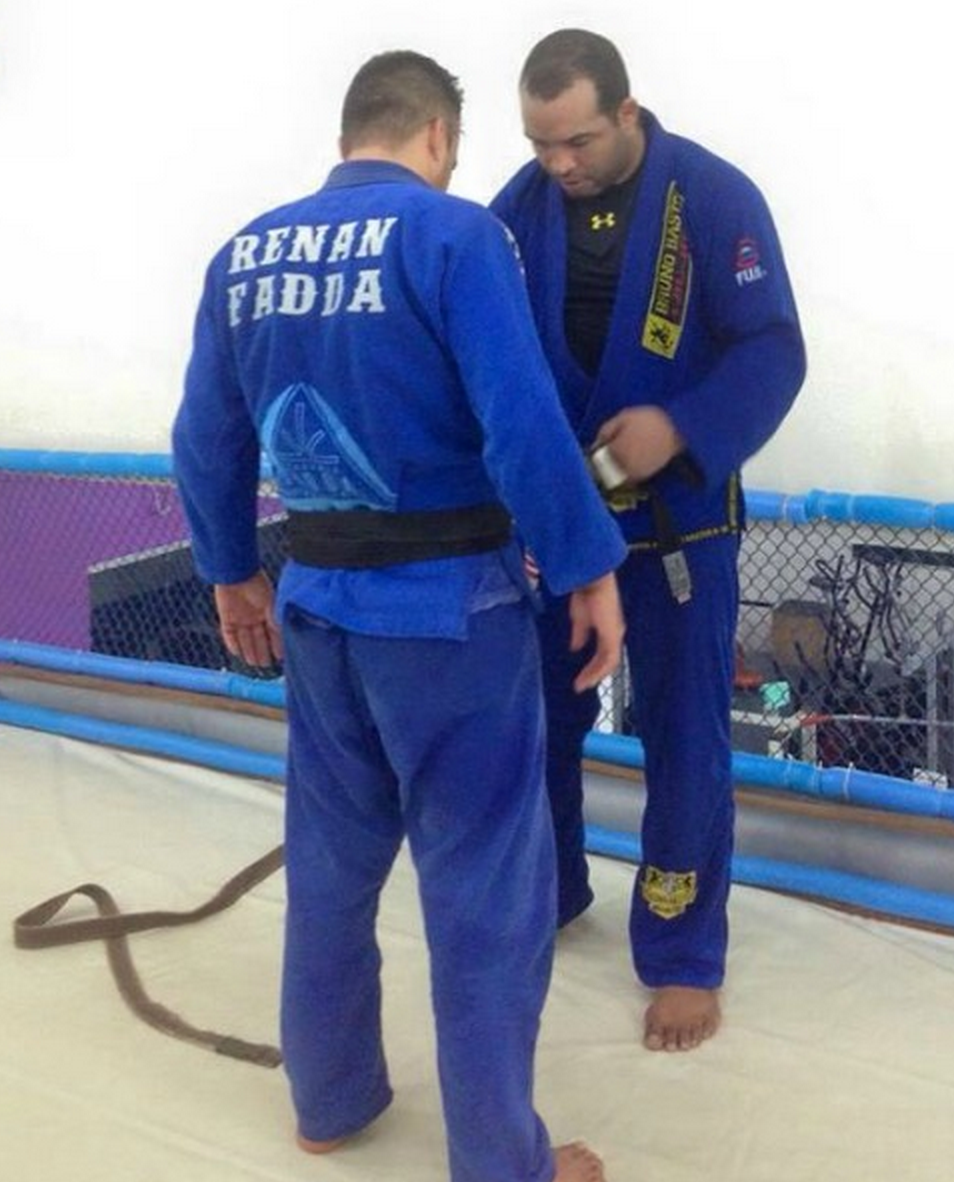
Professor Bastos awarding black belt ranking to Renan Fadda in April of 2015.












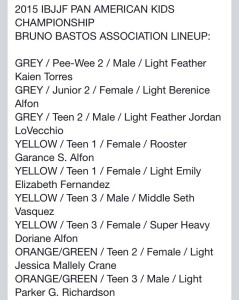



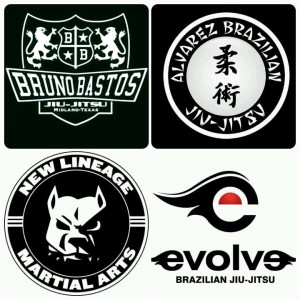
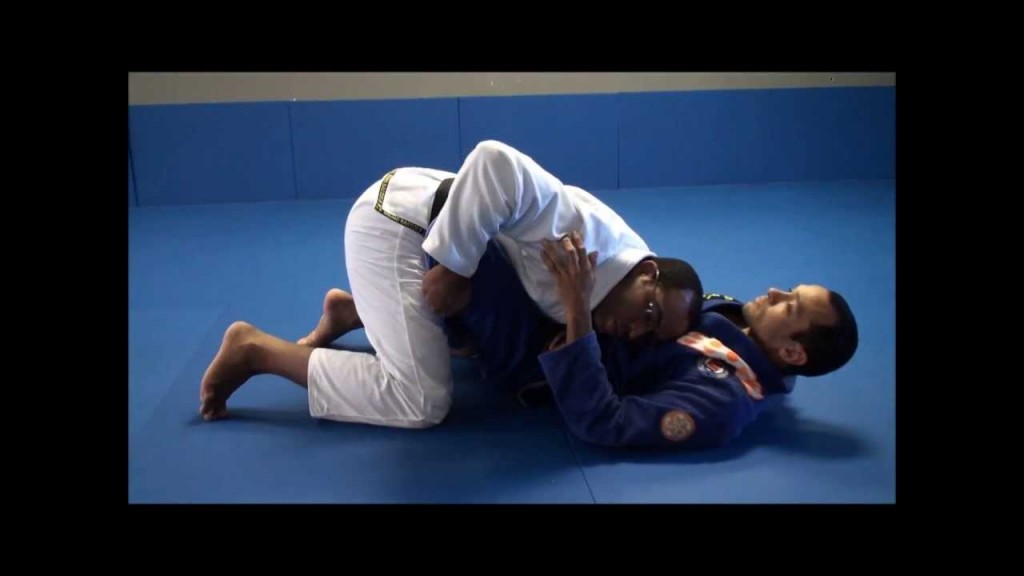
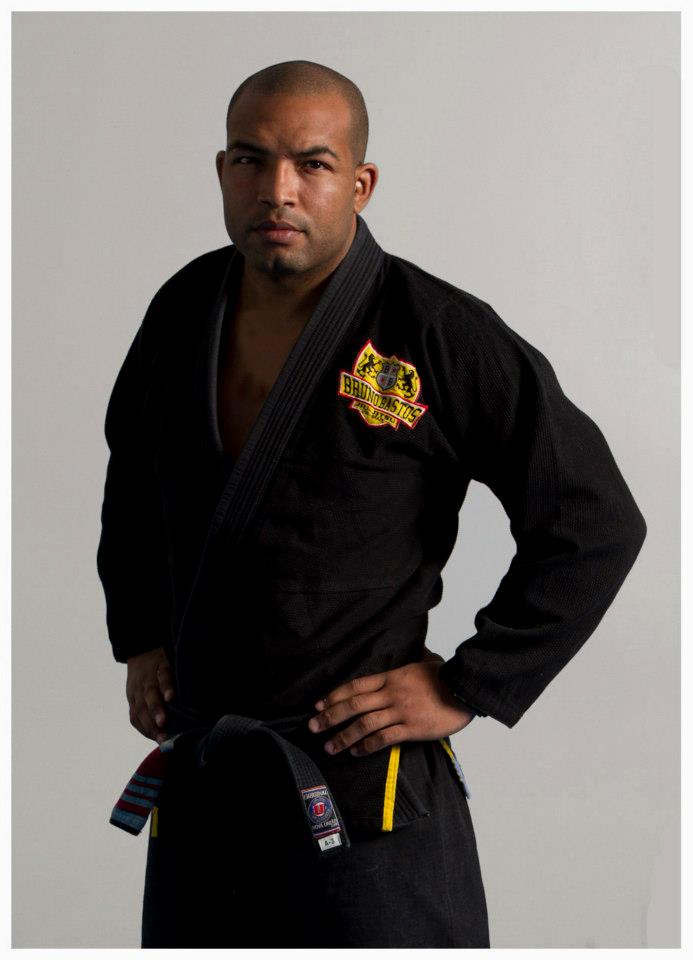
Recent Comments